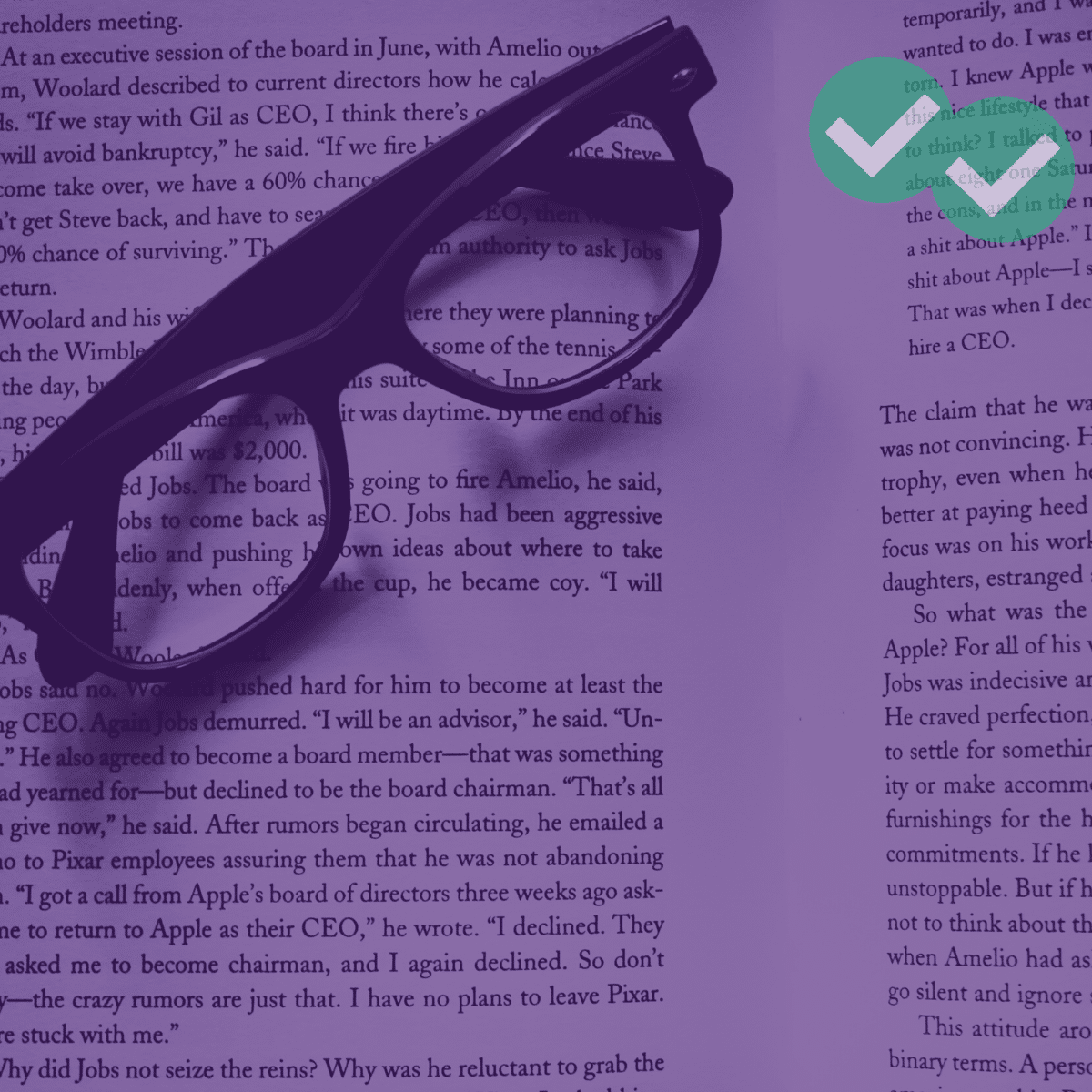“I could get them all right, if I had unlimited time…” is a common refrain I hear from those struggling with pacing on the RC. While such reasoning may not be entirely valid, as the questions themselves can be quite devious, and the passages…well dry, dense, and esoteric are just the beginning of it…having 45 minutes vs. 30 minutes would almost surely raise your GRE verbal score. Therefore, smartly divvying up those 30 minutes is paramount to increasing your verbal score. Let me say that again:
Pacing on GRE Reading Comprehension is paramount
One school of thought has it that you should divide the number of questions per verbal section (20) by the number of minutes per verbal section (30), leaving you 1.5 minutes per question. This is clearly an oversimplification. And while such counsel is usually qualified with a concession for Sentence Equivalence questions and one-blank Text Completions, which take less time, the truth is that RC questions and passages differ so much that there is no easy rule in pacing.
Below are some important points to keep in mind when determining how much of those 30 minutes you need to spend on the different kinds of passages and questions on RC.
Know the passages
Not all GRE reading passages are created equal: some are short, some long; some are lucid; some opaque. Then there are the questions that follow. An easy question may take you little more than a few seconds. The question attending the paragraph argument may cost you two minutes. As you can see, the two minutes per question advice become hopelessly simplistic when presented with such complexity.
That doesn’t mean that you should throw your hands up in the air in frustration. Below are several points regarding passages that should help you with pacing on RC questions.
1. The Long Passage
The key is to know that one of the verbal sections will contain a very long reading passage. The passage can be as long as 450 words. Regardless, it will always contain four questions. That is a lot of passage per question, compared, say, to a 100-word passage with two questions.
Only attempt the long reading passage if you have attempted every other question. At the same time, do not come back to questions you skipped the first time around due to difficulty. Give the long reading passage a crack first.
2. The Paragraph Argument
These short paragraph questions followed by a question run the gamut from easy to diabolically difficult. In general, you should try to complete these questions in less than 90 seconds. Indeed, for most you want to try to get that number closer to one minute. That doesn’t mean a very difficult paragraph argument question won’t take longer. Still, it is always a good idea to move on after 90 seconds, giving you time for the long reading passage as well as another crack at the question.
Know the questions
Inference questions and weaken/strengthen questions tend to take more time than in-context vocabulary questions, which require you only to figure out which word best replaces the word in quotation marks. Main idea questions land somewhere in the middle. Of course, if you sense a question is difficult, regardless of its type, then move on to easier questions.
All this advice must be taken in the context of the scroll feature to the GRE. That is you can easily scroll from question to question, skipping the time-consuming inference questions, to save time for easier questions such as Sentence Equivalence, or vocabulary-in-context questions.
At the same time, don’t become a scrolling junkie; you’ll end up skipping too many questions. But if you have already spent over a minute on, say, a parallel reasoning question, without any avail, then move on to another question.
Know your strengths
Maybe you are good at inference questions or paragraph arguments. Only you will know your strengths. Pacing on the Reading Comprehension section comes down to not only knowing the different types of passages and different types of questions, but your skill at handling them.
Know when to move on
As I mentioned earlier, don’t spend more than 90 seconds on a question. One reason is obvious: you are giving yourself time for the other questions. The other reason is not so obvious: coming back to a question a second time allows you to look at the question with fresh eyes, which, in turn, allow you to often home in on the correct answer.
Takeaway on Pacing RC questions
As you can see there is no easy pacing strategy, and indeed you should be wary of the 1.5 minute per question approach. The only way to really gauge how effectively you move through the passage is to take as many practice tests as possible. ETS has a few, MGRE has six, and Magoosh offers four (as well as a free GRE practice test). By going through these tests, and keeping the points in this post in mind, you will be able to develop a Reading Comprehension pacing approach that works for you.






Leave a Reply